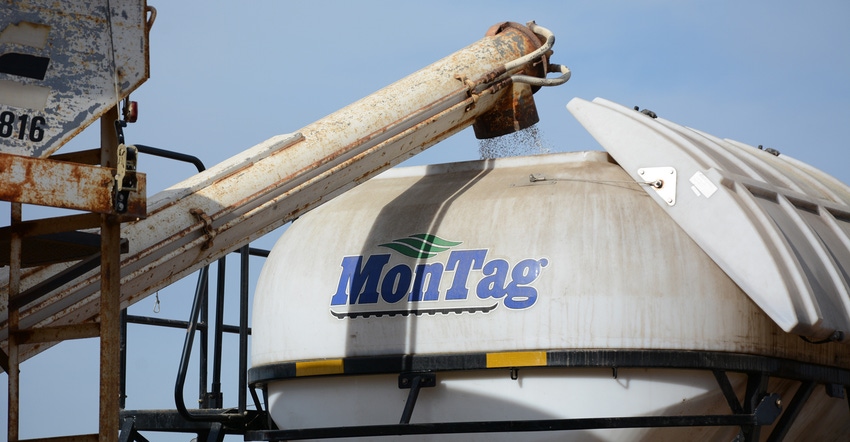March 5, 2021

Across many aspects of farming, innovation and continuous improvement are driven by the recognition of challenges as opportunities. No surprise, then, that farmers are leading the way in scientific exploration of methods to address environmental concerns while continuing to meet growing human needs.
Recently, the Minnesota Agricultural Water Resources Center co-hosted the seventh annual Nitrogen: Minnesota’s Grand Challenge and Compelling Opportunity Conference. Organized primarily by Fabián Fernández, nutrient management specialist at the University of Minnesota, this event provides a forum for researchers to share the results of recent, relevant studies on several aspects of nitrogen management.
Benefits to virtual conference
This year the conference was held virtually due to COVID-19 restrictions. While the online format precluded face-to-face interaction, it enabled participants to view the presentations without travel concerns over distance or weather (it was −30 degrees F the morning of the conference). The online format also allowed the presentations to be recorded, so those who were unable to attend can still go to mawrc.org/events and view the recordings. PowerPoint presentations from previous conferences can also be found there in PDF form.
Topics ranged from nitrogen rate and application timing, to cover crop influence on N needs, to nitrogen mitigation beyond the field edge. It should be noted that many of the research projects are funded by agricultural checkoff programs, like the Agricultural Fertilizer Research and Education Council, or crop-specific programs like the Minnesota Corn Research and Promotion Council (RPC) or Minnesota Wheat RPC. Through these projects, farmers are directly investing in a positive search for solutions. Numerous projects also receive funding through the Minnesota Department of Agriculture’s Clean Water Fund portfolio.
Nitrogen and cover crops
One area of active research is how cover crops affect N needs. Dave Franzen of North Dakota State University discussed clay particle chemistry and its role in ammonium retention. He may have figured out why cover crops increase N needs of the subsequent crop, at least for a few seasons. And Gabriel Dias Paiao of U-M helps quantify interactions among tillage practices, tiling, nitrogen fertilization and crop yields. Probably not surprising to many farmers, but it is nice to see charts that parallel field experience.
Information presented at this conference corroborates the progress farmers are making to improve nitrogen management. Trends reported in the USDA Census of Agriculture, survey results from the MDA and U-Minnesota studies show that on average, nitrogen rates fall in the acceptable range as identified through U-M research. At the same time, increased use of cover crops and gradual shifts in timing of application show potential to reduce nitrogen losses on many farm fields even further.
And perhaps the best news of all is this, as the ag community continues grappling with the challenges and opportunities relating to nitrogen applications, the list of ideas aimed at addressing this topic is growing, with farmers and researchers teaming up and asking one another, “Have you tried this?”
We look forward to getting back to in-person meetings next year, perhaps also continuing to offer virtual attendance, a new opportunity brought about by challenge.
Formo is executive director of the Minnesota Agricultural Water Resource Center.
About the Author(s)
You May Also Like






